GAP
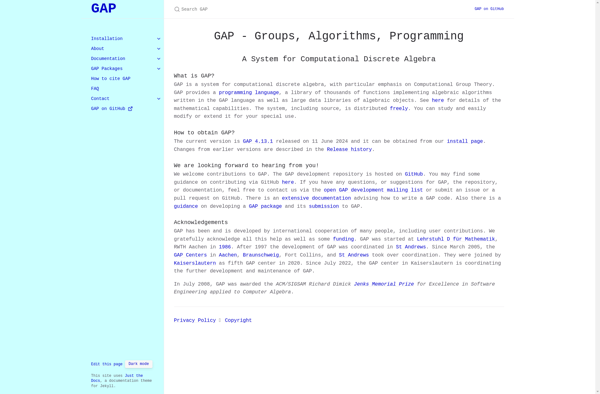
GAP: Open-Source Computer Algebra System for Computational Discrete Algebra
GAP is an open-source computer algebra system for computational discrete algebra, with particular emphasis on computational group theory. It provides a programming language, a library of thousands of functions implementing algebraic algorithms, and extensive documentation.
What is GAP?
GAP is an open-source computer algebra system for computational discrete algebra, with particular emphasis on computational group theory. It provides a programming language, a library of thousands of functions implementing algebraic algorithms, and extensive documentation.
Some key features of GAP include:
- Specialized capabilities for working with groups, including permutation groups, matrix groups, finitely presented groups and more
- Extensive library of group theoretic functions for tasks like testing properties of groups, calculating presentations, centralizers, normalizers, cohomology groups, and more
- Programming language designed specifically for symbolic computation, with a simple syntax
- Interactive environment for prototyping algorithms and exploring algebraic structures
- Interfaces to many proof assistants and CAS systems to leverage their capabilities
- Hundreds of contributed share packages implementing extra functionality
- Active international community of developers and users in academia and industry
Overall, GAP is well-suited for research and teaching in abstract algebra and discrete mathematics more broadly. With its domain-specific language and extensive library, it allows rapid development of computational experiments to test conjectures, illustrate theoretical concepts, and explore the world of groups, rings, fields and more.
GAP Features
Features
- Group theory algorithms and data structures
- Programming language for implementing algebraic algorithms
- Extensive library of group theory functions
- GAP kernel provides basic functions for lists, records, etc
- Modular architecture allows extending functionality via packages
Pricing
- Open Source
Pros
Cons
Official Links
Reviews & Ratings
Login to ReviewThe Best GAP Alternatives
Top Education & Reference and Mathematics and other similar apps like GAP
Here are some alternatives to GAP:
Suggest an alternative ❐Mathematica
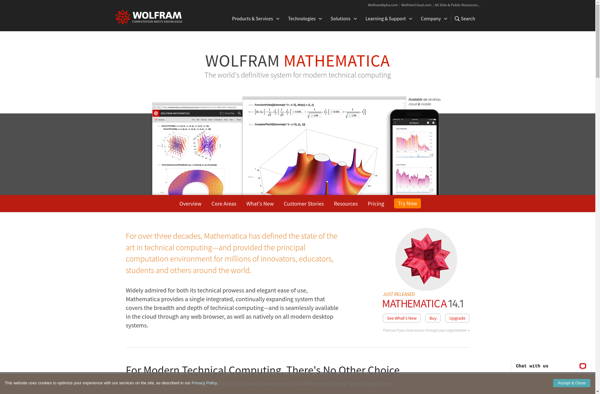
MATLAB
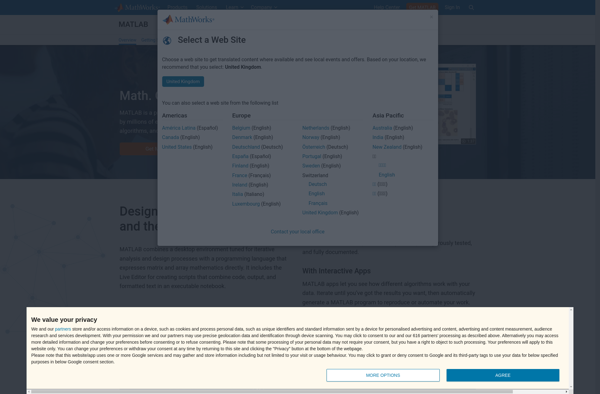
Maple
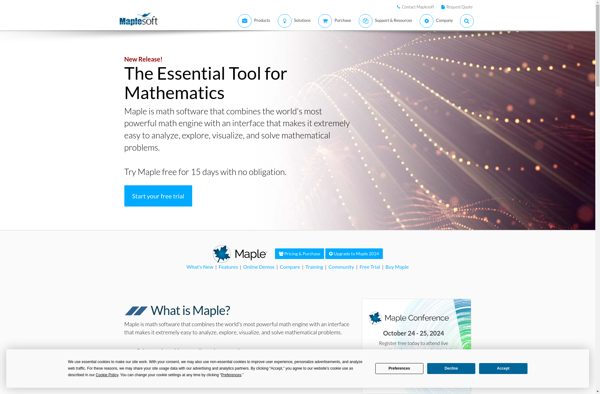
GNU Octave
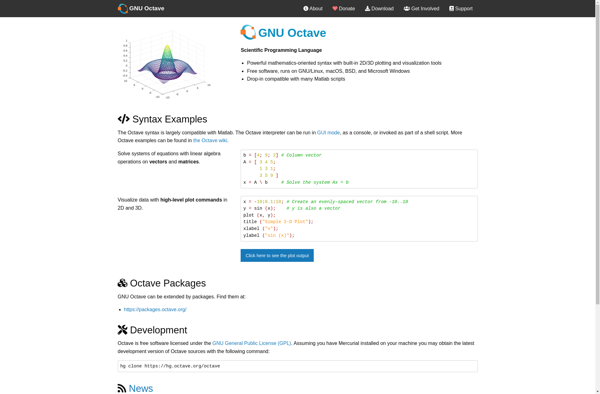
Maxima
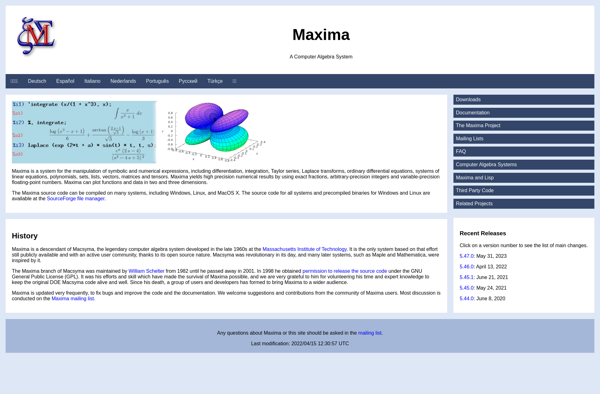
SageMath
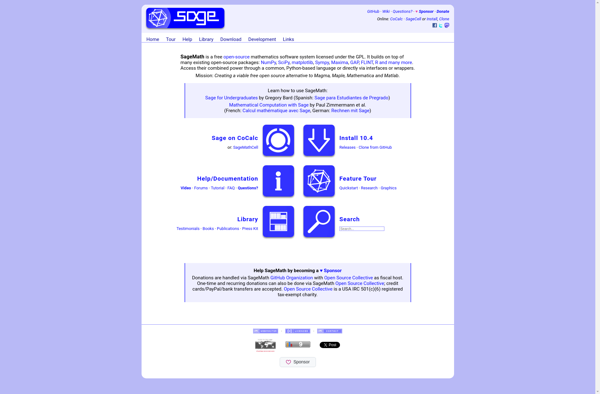
WxMaxima
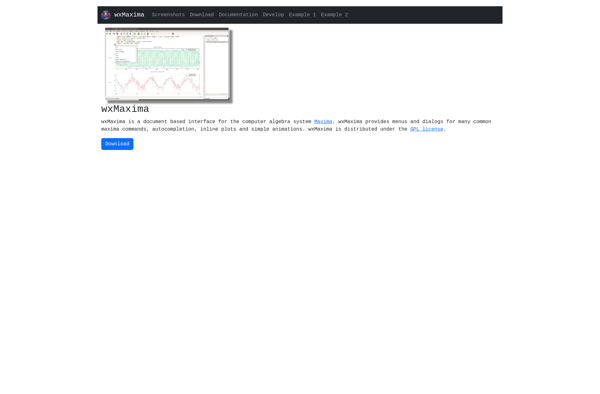
OpenAxiom

Xcos
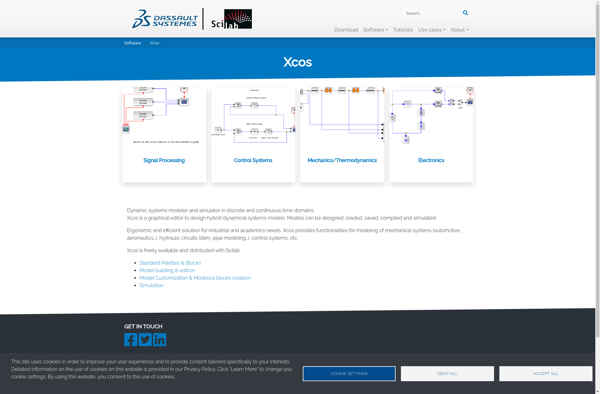
Cadabra
SymbolicC++
